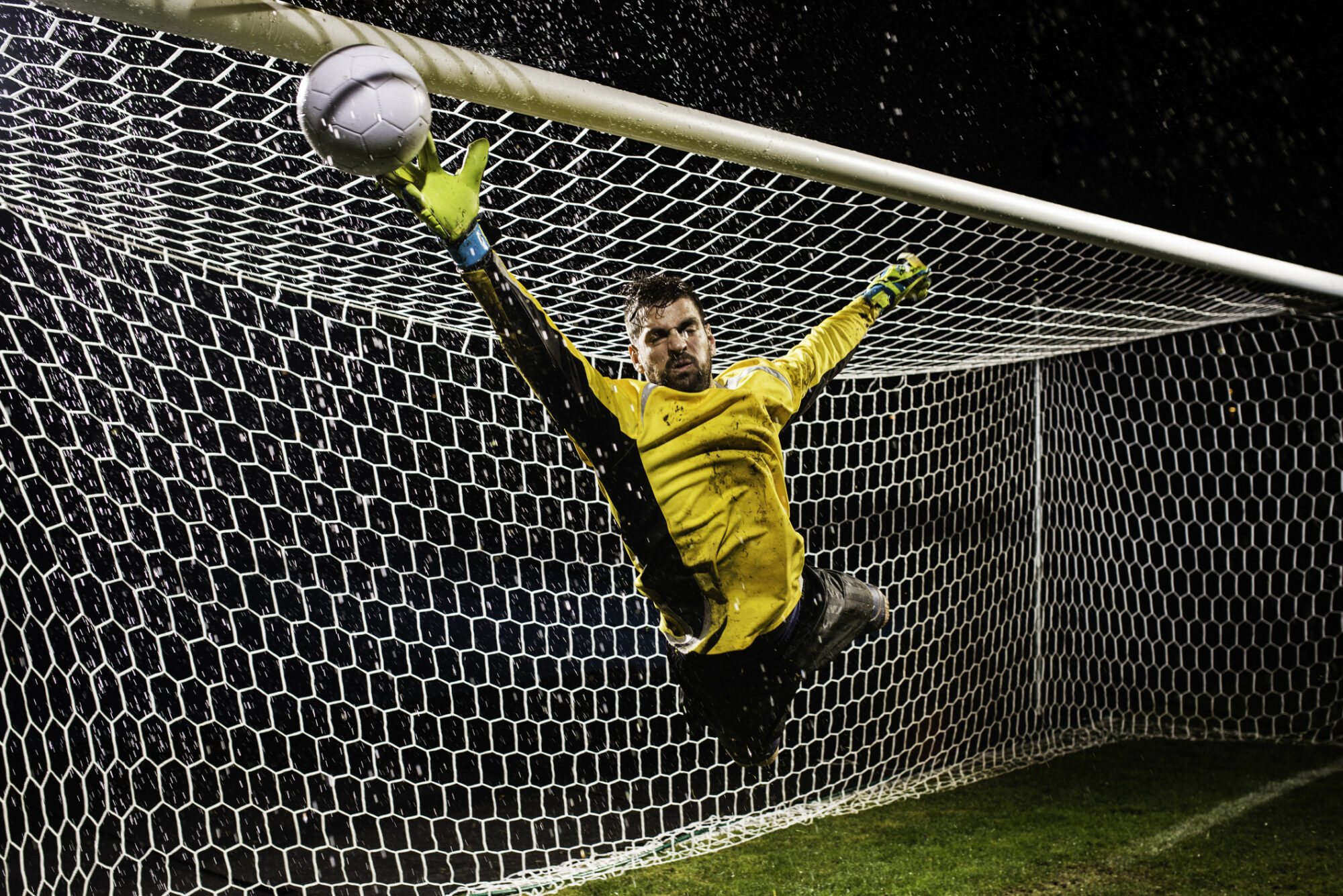
The Importance of Measuring Reaction Time and It’s Relation to Cognitive Performance
Alertness, fast decisions and focus are all cognitive functions that are fundamental to peak performance. This is especially true for elite athletes and people in high-stress jobs. In many professions, the ability to react quickly under pressure often makes the difference between success and failure.
The universally accepted method to measure and improve cognitive performance is reaction time testing. Reaction time tests give insights into a person’s ability to perform. They also reveal the presence of factors that impair performance—such as lack of sleep, low energy, and the use of alcohol or drugs. With reaction time testing results, people can be informed on how to train and prepare to consistently hit top cognitive form.
The Challenge of Traditional Reaction Time Testing Methods
Despite its importance, reaction time testing doesn’t receive the attention it deserves in training and preparation routines for athletes and businesspeople. That’s because traditional testing has often been conducted using online computerized assessments—where users interact with a testing website through a laptop, desktop, or mobile device.
These systems have significant drawbacks:
- Inaccuracy due to system delays—Testing systems that involve monitors, computers, keyboards, mice or touchscreens introduce latency errors that render reaction time readings unreliable. The time to show the stimulus on the screen, press the mouse button, and register the signal introduces timing variabilities.
- Inconvenient for the performance environment—Reaction time testing systems are currently set up outside of the actual performance environment, such as in the trainer’s office, clinic, or a computer room. That means that measuring abilities are limited, making it difficult to get a sense of reaction time when it matters most.
Access is also an issue. Elite athletes may get tested through their performance coaches and sophisticated training facilities. However, casual and serious athletes at the college and high school levels as well as businesspeople rarely, if ever, have access to reaction time testing systems.
The Better Way to Measure Cognitive Performance
For a better way to accurately measure and track cognitive performance—including readiness, mental agility, and focus—athletes and people in stressful jobs can turn to Pison wrist-worn devices. Pison’s novel neural sensor and artificial intelligence algorithms are built into a lightweight device that measures neural reaction time directly at the wrist.
The device allows you to measure your reaction time, mental agility, and ability to focus by using standardized protocols. You can then monitor your results over time and compare your results to other users. Pison provides three test types to measure cognitive performance:
- Cognitive Readiness—a 15-second simple reaction test.
- Mental Agility—a 60-second Go/No-Go recognition and reaction time test.
- Cognitive Focus—a 3-minute psychomotor vigilance test showing your ability to maintain attention and focus on tasks.
Pison devices provide two advantages over other reaction time monitoring systems. The first is convenience. With the ability to run three tests 24/7, taking anywhere from 15 seconds to three minutes, you can measure more often and under different conditions.
The second advantage is accuracy. The self-contained Pison devices generate stimuli and then measure neural reactions directly off a common system clock. This eliminates the delays of computer-based testing systems and allows Pison to measure reaction time without the variability introduced by computer-based reaction time tests. This results in repeatable and reliable test times with one millisecond (0.001 seconds) precision.
To learn more about the importance of reaction time testing, check out the white paper, Three Critical Scores for Improving Cognitive Performance. And to get started with neural sensor and reaction time monitoring today, learn more about Pison READY.


